Sycamore leaf spot 278619-Sycamore leaf black spots
Anthracnose on a sycamore leaf Overview of Anthracnose on shade trees Anthracnose is a common foliage disease of shade trees in Iowa Symptoms occur on sycamore, ash, maple, oak, walnut, linden, hickory, willows and other deciduous trees Anthracnose is caused by a number of different but closely related fungiTar spot is a leaf spot disease caused by the fungus Rhytisma acerinum It is seen most commonly on sycamore, but can also affect a number of other Acer species The spots are unsightly, and the disease can cause slightly premature leaf fall It has noLeaves have scattered brown, irregular spots that can coalesce into nearly completely brown leaves Affected leaves become wrinkled, cupped or curled especially around leaf edges On severely infected trees, leaves fall off early in the season, trees soon sends out new leaves Damage most common in spring as leaves are growing during wet weather

Leaf Spot Disease Of The Maple Maple Leaf Blight And Sycamore Disease Stock Photo Picture And Rights Managed Image Pic Gsv Jtv Agefotostock
Sycamore leaf black spots
Sycamore leaf black spots-Sycamore anthracnose spreads from an infected tree to healthy trees when its fungal spores are transported by the wind Signs that a sycamore tree is suffering from this disease Leaf blight or defoliation early in the summer Twisted or gnarled branches or twigs Formations of dead or dying twigs and small branches called witches broomsSycamore anthracnose is a significant disease that can severely damage the foliage and twigs, often precipitating premature leaf drop Canker, leaf spot and powdery mildew may also occur Insect visitors include borers, scale, Japanese beetles, caterpillars, and mites When grown as a lawn tree, litter from twigs, large leaves, bark and
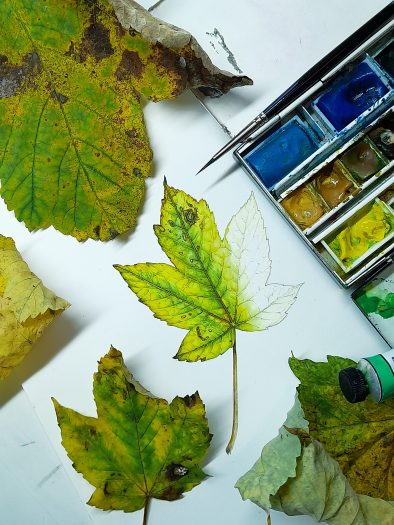



Botanical Illustration Of A Sycamore Leaf Lizzie Harper
Sep 22, · Sycamore tree leaves grow alternately—meaning that a single leaf attaches to one spot on the stem The leaves grow in a staggered, alternating pattern along tree stems Overall, sycamore tree leaves have an oval shape with pointed lobes and they resemble maple leavesThe galls are caused by tiny mites (less than 02mm long) The immature and adult mites emerge in the spring after overwintering in bark crevices and other tiny spaces As they pierce individual cells to feed on the plant tissue the surrounding cells are prompted to divide, therefore enlarging and forming the gall By midMay the mites start toStep 1 Inspect your sycamore in the spring Both flowers and leaves appear on sycamores as early as March The bright green leaves look like stars, while the flowers are both staminate and pistulate, in tight, ballshaped clusters If you see no signs of leaf growth by
Common name sycamore Scientific name Acer pseudoplatanus Family Sapindaceae Origin nonnative These broadleaf trees can grow to 35m and live for 400 years The bark is dark pinkgrey, and smooth when young, but becomes cracked and develops small plates with age Twigs are pinkbrown and hairless Look out for leaf veins which are hairyLeaf Spot Disease of Trees and Shrubs Printable PDF Oak, maple, sycamore, ash, walnut, hickory and horse chestnut are some trees commonly attached by the anthracnose fungi Anthracnose is caused by several species of closely related fungi that produce brown or black lesions on leaves Distortion of the leaves and defoliation usually resultJul 31, 16 · Informational table showing disease name, symptoms, pathogen/cause, and management of Sycamore diseases Dead twigs and branches have sunken cankers Bud death followed by new bud formation and more bud death results in witches' broomlike proliferation of branch ends as well as very crooked branching patterns
Feb 18, 21 · Bacterial Leaf Scorch Bacterial leaf scorch (BLS) is a problem on several shade tree species, including American sycamore and London planetree, oaks, maples, sweetgum, dogwood, and American elm It is caused by Xylella fastidiosa, a bacterial pathogen (diseasecausing organism) with a wide host rangeThis bacterium lives in the host plant's xylem (watercarryingNote that the spots are along the veins and angular in shape rather than round Sycamore anthracnose is a fungal disease that can cause leaf drop, twig dieback, cankers and the sudden death of more than 90% of a tree's new shoot growthRhytisma acerinum is a plant pathogen that commonly affects sycamores and maples in late summer and autumn, causing tar spotTar spot does not usually have an adverse effect on the trees' longterm health R acerinum is an Ascomycete fungus that locally infects the leaves of trees and is a biotrophic parasite The disease is cosmetic and is therefore usually controlled only with




Tree Diseases Muddying Fall S Brilliant Colors The New York Times




Common Tree Disease Problems Symptoms And Photos Of Tree Disease
Now is the time to be aware of three common leaf diseases that can invade your trees anthracnose, aspen leaf spot, and coryneum blight Anthracnose on Japanese Maple Tree;Cristulariella depraedans, commonly known as gray mold spot, sycamore leaf spot or bull's eye spot, is a fungal pathogen that affects maple trees (genus Acer) and certain other woody and herbaceous speciesIn maples, the foliage becomes affected by small grey lesions which expand and coalesce, the leaves later wilting and falling from the tree earlyHosts Arizona sycamore Figure 179 Leaf blight caused by sycamore anthracnose Symptoms/signs Sycamore anthracnose has a range of symptoms corresponding to the three phases of this disease The symptoms include cankers on buds and twigs;




Common Tree Disease Problems Symptoms And Photos Of Tree Disease
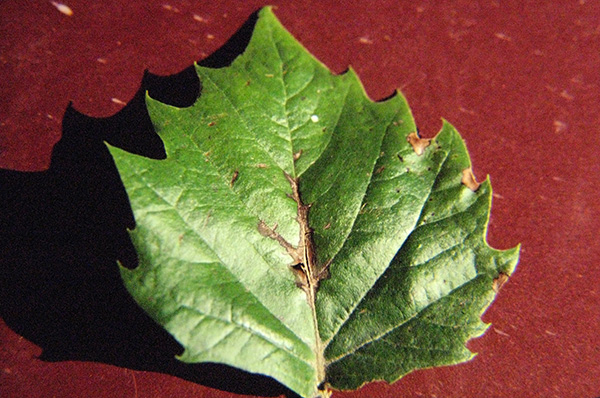



Anthracnose Of Ornamental Trees Usu
Mycosphaerella platanifolia and M stigminaplatani leaf spots appear as unevenly round, tan spots (01 to 1 cm) with redbrown halos that may coalesce into larger, irregularly shaped lesions (fig 25) Leaves infected by P multimaculans develop unevenly round or angular, brown to purple spotsSycamore anthracnose is a significant disease that can severely damage the foliage and twigs, often precipitating premature leaf drop Canker, leaf spot and powdery mildew may also occur Insect visitors include borers, scale, Japanese beetles, caterpillars and mites When grown as a lawn tree, litter from twigs, large leaves, bark and fruitingLeaf spot diseases of hydrangea (bottom left), Indian hawthorn (bottom center), and maple (bottom right) Figure 6 Shothole disease on flowering cherry (left) and laurel (right)




Sycamore Anthracnose Diagnostic Guide
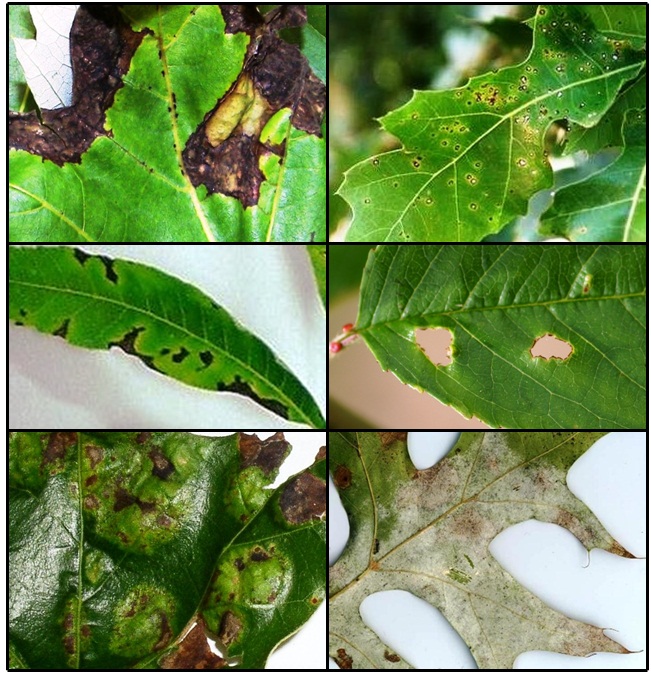



Anthracnose And Other Common Leaf Diseases Of Deciduous Shade Trees Oklahoma State University
Nov 29, 17 · Leaf infections called "leafspots" are caused by a variety of fungi and some bacteria on many trees An especially harmful version of this disease is called anthracnose which attacks many tree species including dogwood and sycamorePositive identification usually requires laboratory diagnosisIt can be disheartening when tarry spots appear on the leaves of sycamore trees (Platanus spp), which, depending on the species, grow in US Department of Agriculture plant hardiness zones 4Certain leaf spots have special names, such as anthra cnose, black spot, downy spot or white mold, ink spot, spot anthracnose, leaf blister or curl, scab, shothole, sooty blotch, and tar spot Symptoms Most leaf spot diseases develop as small, scattered, circ ular to oval dead areas in the leaves;




Gower Wildlife Sycamore White Spot
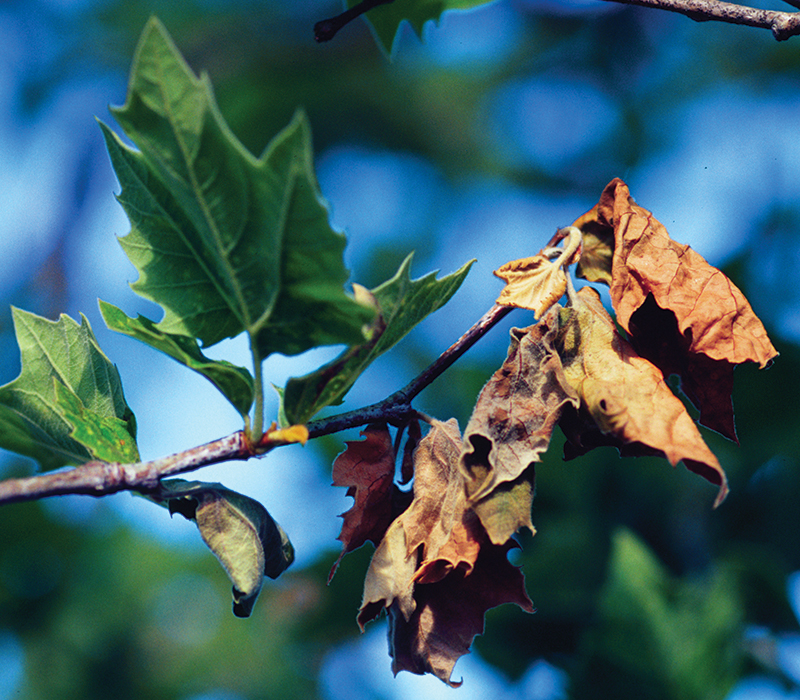



Anthracnose Treatments Leaf Blight Solutions Arborjet
Leaf Spot (fungi – Mycosphaerella platanifolia, Phyllosticta plantani, and Septoria platanifolia) Several fungi cause disease of minor importance that can be controlled by the spray schedule suggested for control of anthracnose Phloeospora multimaculansknown mainly in Texas Irregular, dark brown to purple spots oneeighth to onefourthH empGuard is the first private outdoor crop insurance program offering yield and quality protection for CBD and industrial hemp growers Submit Application What is HempGuard?Jun 29, 17 · Algal leaf spot, also known as green scurf, is commonly found on thickleaved, evergreen trees and shrubs such as magnolias and camellias It is in the genus Cephaleuros and happens to be one of the only plant parasitic algae found in the United States Although commonly found on magnolias and camellias, algal leaf spot has a host range of more than 0 species
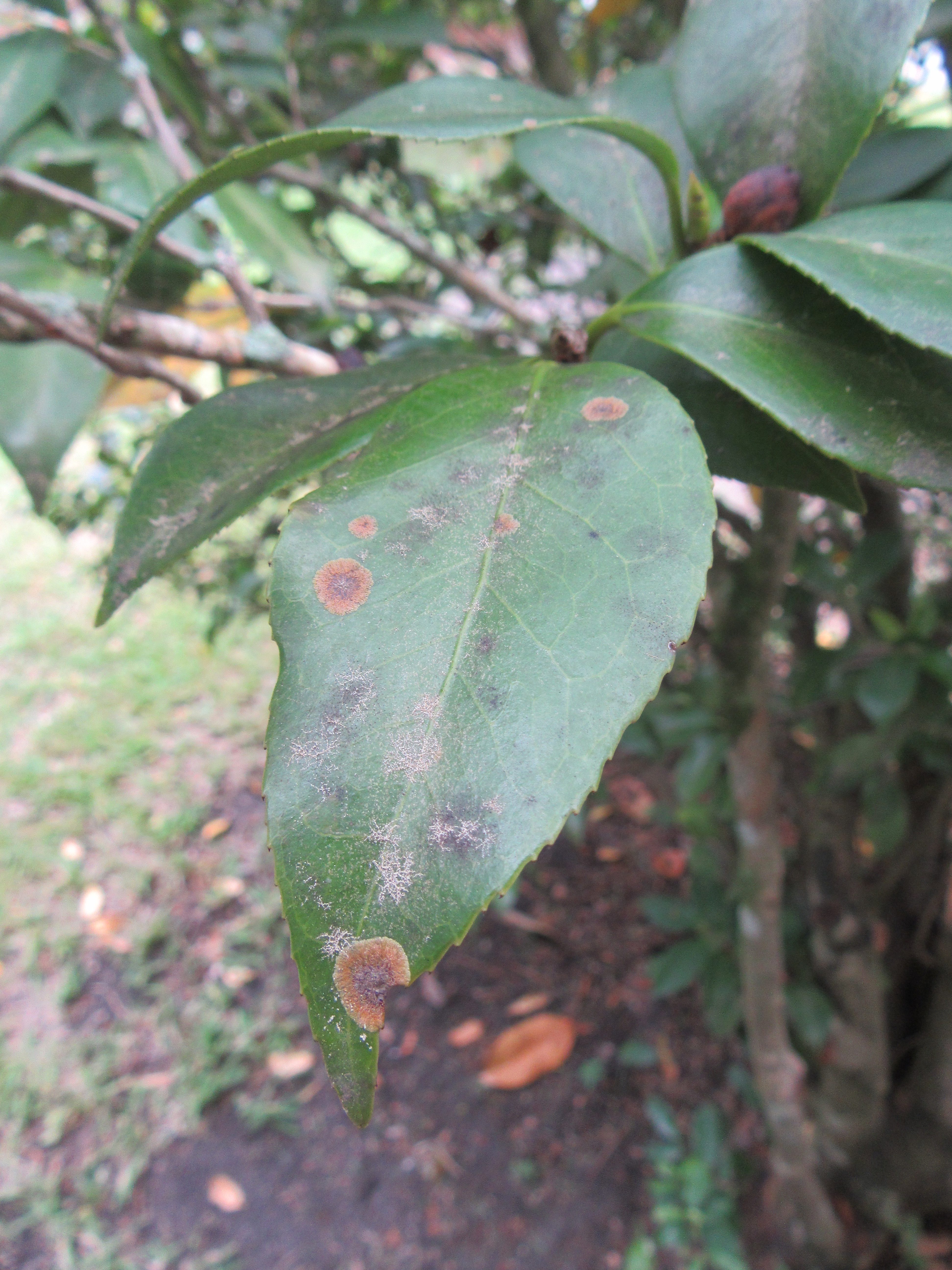



Archives Gardening In The Panhandle
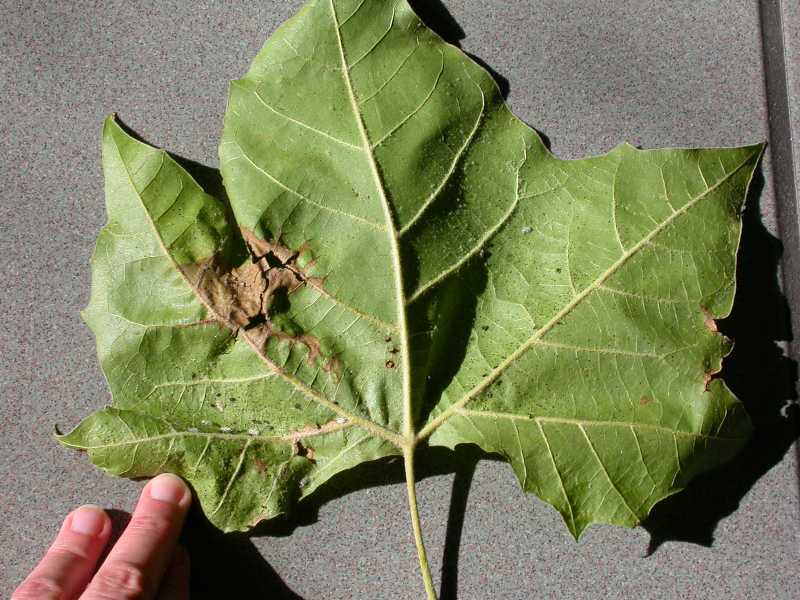



Sycamore Anthracnose
Oct 29, 08 · A sycamore leaf spot The microfungus, a hyphomycete, that causes the spots on the sycamore leaf below is Cristulariella depraedens There are plenty of different species of microfungi to be seen in the woods all round the year and, while many are difficult to identify, those on plants can be relatively easy with the help of Microfungi on LandSep 21, 17 · Small black spots that allow the disease to overwinter may appear in the late summer Purchase products labeled to treat powdery mildew and apply according to the label instructions Bacterial Leaf Scorch Insects such as leafhoppers transmit bacterial leaf scorch to sycamore trees after feeding on the xylem fluid of host plants SycamoreJan 06, 21 · Plant your sycamore directly into the soil of the spot you've selected Once you start digging your hole for the root ball, you should line it with compost to boost nutrition to the roots As your tree forms its root system it can draw from this source of nutrients and start to flourish as it grows into a healthy, beautiful sycamore




Anthracnose How To Identify Control And Prevent Anthracnose The Old Farmer S Almanac




3 Common Leaf Diseases You Should Know About Stewart S Lawn
Leaf spots on trees are very common and generally do not require spraying Leaf spot diseases may result in some defoliation of a plant An established plant can tolerate almost complete defoliation if it happens late in sycamore, mulberry, sweetgum, and other tree species Xylemfeeding leafhoppers and spittlebugs spread the bacterium fromDec 11, · Sycamore leaves often have these black spots, which are known as Tar Spots They don't seem to do the tree any damage, and are a result of a parasitic fungal infection The pathogen is one Rhytisma acerinum Illustrating these diseased areas requires the same level of concentration as painting the leaf itselfAnd leaf blight from direct infection of leaves




Sycamore Leaf With No Tar Spot Infection Ecott 13 Download Scientific Diagram




Black Spot Or Tar Spot Rhytisma Acerinum On Sycamore Leaf Stock Photo Picture And Rights Managed Image Pic Nhp Zb815 0336 Agefotostock
Bruce Watt, University of Maine, Bugwoodorg Read this post to learn what these diseases look like and how to treat themSycamore, white oak and dogwood are particularly susceptible to anthracnose Download Pest Sheet Common Symptoms The primary signs of anthracnose are tan to redbrown lesions that extend along the veins and edges of the leaf, as well as considerable defoliation, sometimes with complete leaf loss TreatmentsOct 07, 19 · Leaf Spot Disease Unlike sycamore anthracnose and canker stain, which primarily affect sycamore trees, leaf spot disease is caused by more openminded pathogens (fungi) The exact nature of the illness caused will vary based on which fungi is attacking a given tree, but most produce relatively similar symptoms Numerous yellow to brown spots




Sycamore Anthracnose Field Guide To Insects And Diseases Of Az And Nm Forests




The Most Unpopular Tree In Britain Bug Woman Adventures In London
Sycamore lace bugs feed on the undersides of the leaves causing a stippled appearance The insects leave black flecks on the lower leaf surface, and cause premature defoliation in late summer and early fall Sycamore is considered resistant to gypsy moth Diseases Some fungi cause leaf spots but are usually not seriousFeb 01, 17 · Sycamore and London plane tree (Platanus spp)— Brown and angular leaf spots caused by Septoria platanifolia and Cercospora platanicola occur on sycamore leaves Walnuts and butternut ( Juglans spp)— Brown leaf spot, caused by the fungus Gnomonia leptostyla (syn Marssonina juglandis ), is a common disease of walnuts and butternutThe 1617 production season was full of mixed growing conditions, therefore crop performance winter canola across Oklahoma was mixed This was the first year since the historic drought that canola growers throughout the state were faced with several canola production challenges Throughout the season, the crop was rated as good to poor




Anthracnose On Shade Trees Horticulture And Home Pest News
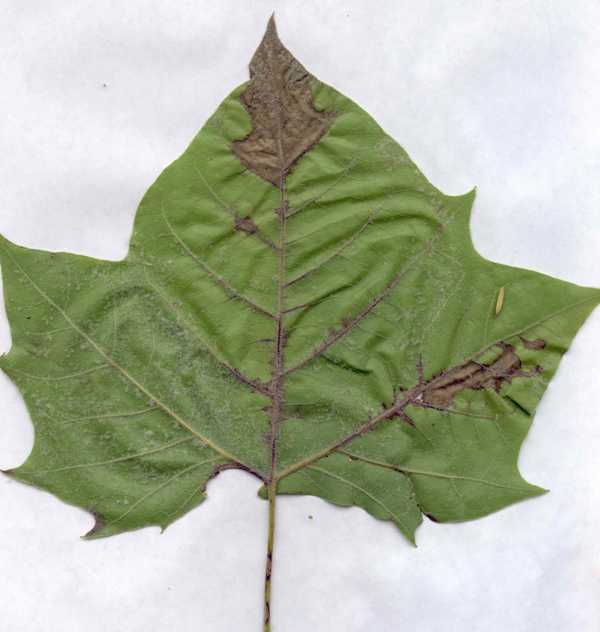



Sycamore Anthracnose
Sycamore anthracnose is a disfiguring disease of sycamore and plane trees ( Platanus sp) caused by the fungus Apiognomonia veneta Believed to be native to the United States, it is found throughout the range of sycamores The fungus spreads from infected to healthy trees as spores carried by the wind or rain1 st Hemp & CBD multiperil crop insurance program in the US Developed by hemp farmers for hemp farmers Designed to protect for both biomass yield and CBDJun 11, 19 · Like anthracnose diseases of other shade trees, sycamore anthracnose is a very common occurrence in the landscape (Figure 1) Symptoms of sycamore anthracnose normally develop as small spots or dead areas centered along the veins of leaves or along leaf margins (Figure 2) Under conducive conditions these spots expand, killing more leaf tissue and causing premature leaf
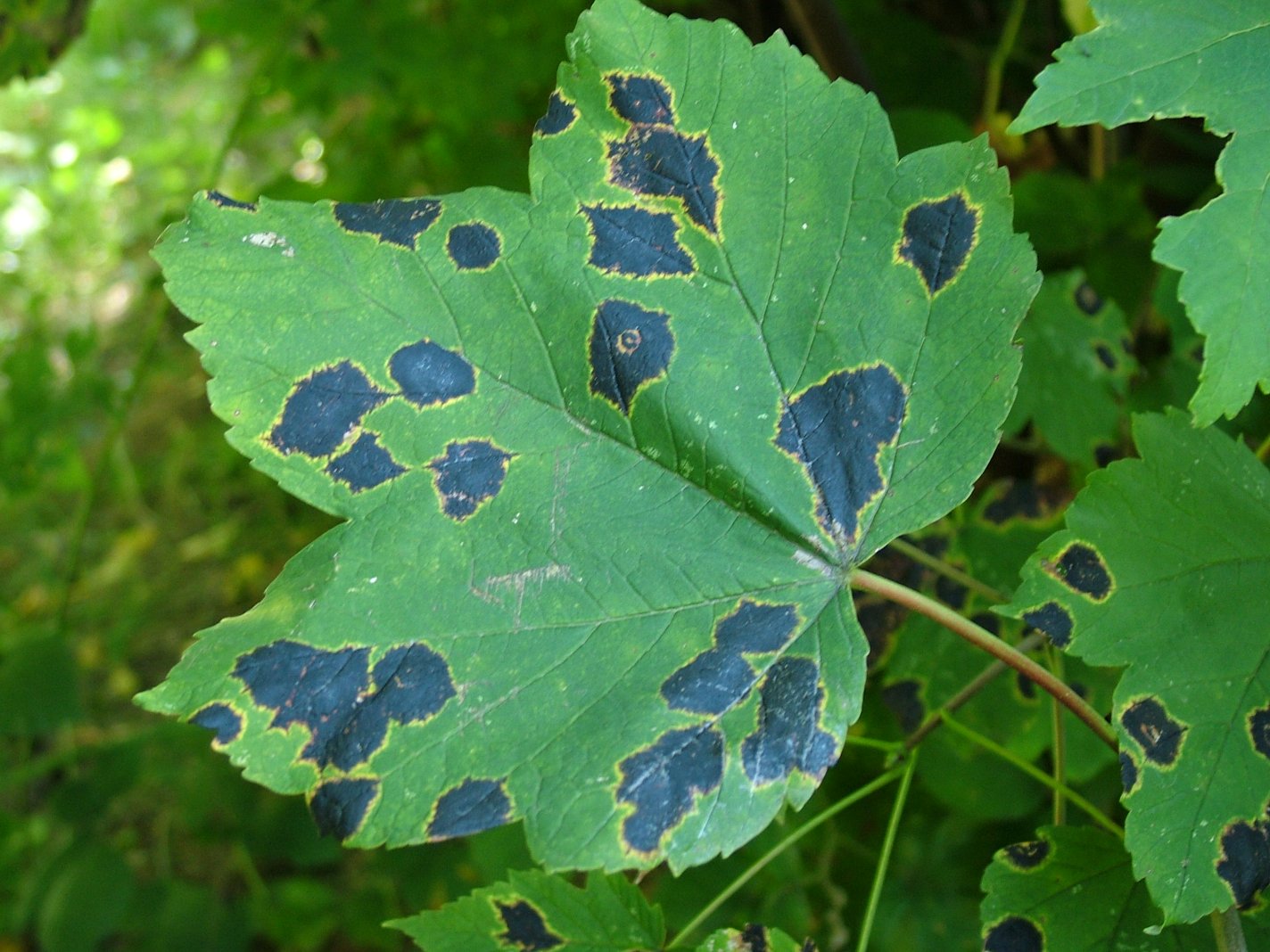



Rhytisma Acerinum Wikipedia



Q Tbn And9gcrttn9vf04vrrdgpv Csbthqh3goho5jec2yqs1bihoxvucleha Usqp Cau
The Sycamore Maple is botanically called Acer pseudoplatanus The Tree is a deciduous tree, it will be 30 m (66 99 ft) high The leaves are lobed and the flowers are green The tree likes Sun to halfshade at the location and the soil should be sandy to loamyAug 08, 10 · This is is the last of my plants to leaf out, handles the arid conditions of our desert well and goes dormant prior to our first snows A great choice for all of us in the SW the mexican sycamore in our backyard is in it's 3rd year and about 18ft tall Last year the new growth came back only along the main trunkSycamore anthracnose on sycamore leaf (Platanus);




Tar Spot Fungi Stock Image Image Of Sycamore Rhytisma



Leaf Spot Disease Of Trees And Shrubs
Rohdea, sycamore Figure 5 Leaf spot diseases of iris (top left), boxwood (top center), and crape myrtle (top right);Sycamore trees suffering from a lack of iron in the soil may develop chlorosis, a condition in which the tree's leaves turn sickly shades of yellow while the leaf veins remain green IronShoot blight following a period of cold spring weather;
/GettyImages-632181685-57c8928f5f9b5829f4e86454.jpg)



Identifying The Common American Sycamore



Minnesota Seasons Purple Bordered Leaf Spot




Sycamore Anthracnose Diagnostic Guide
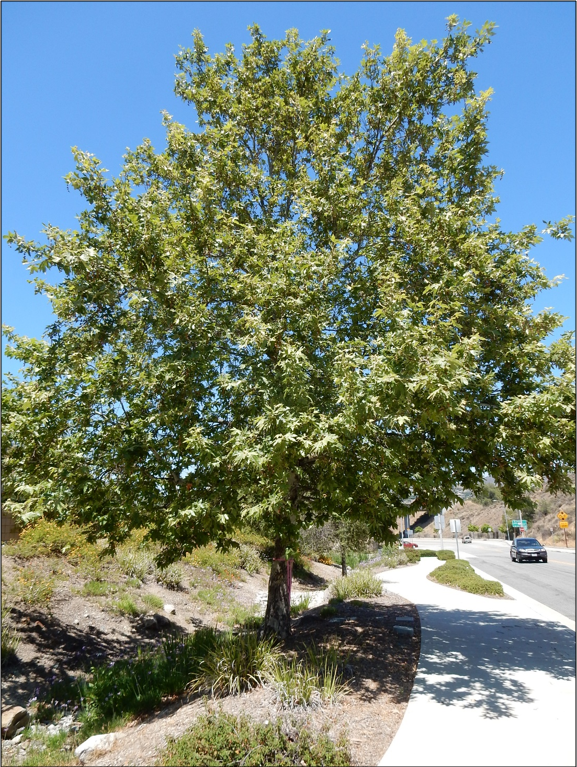



Diseases Of The California Sycamore Tree Evergreen Arborist Consultants




Tar Spot Fungus Rhytisma Acerinum On Sycamore Leaves Stock Photo Alamy




Sycamore Tree Videos And Hd Footage Getty Images
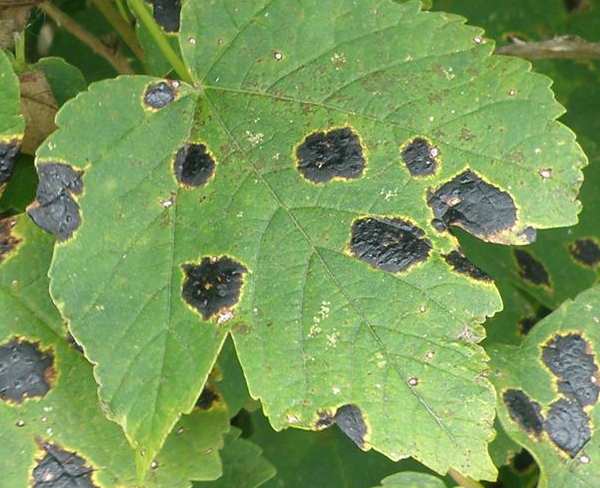



Rhytisma Acerinum Sycamore Tarspot Fungus
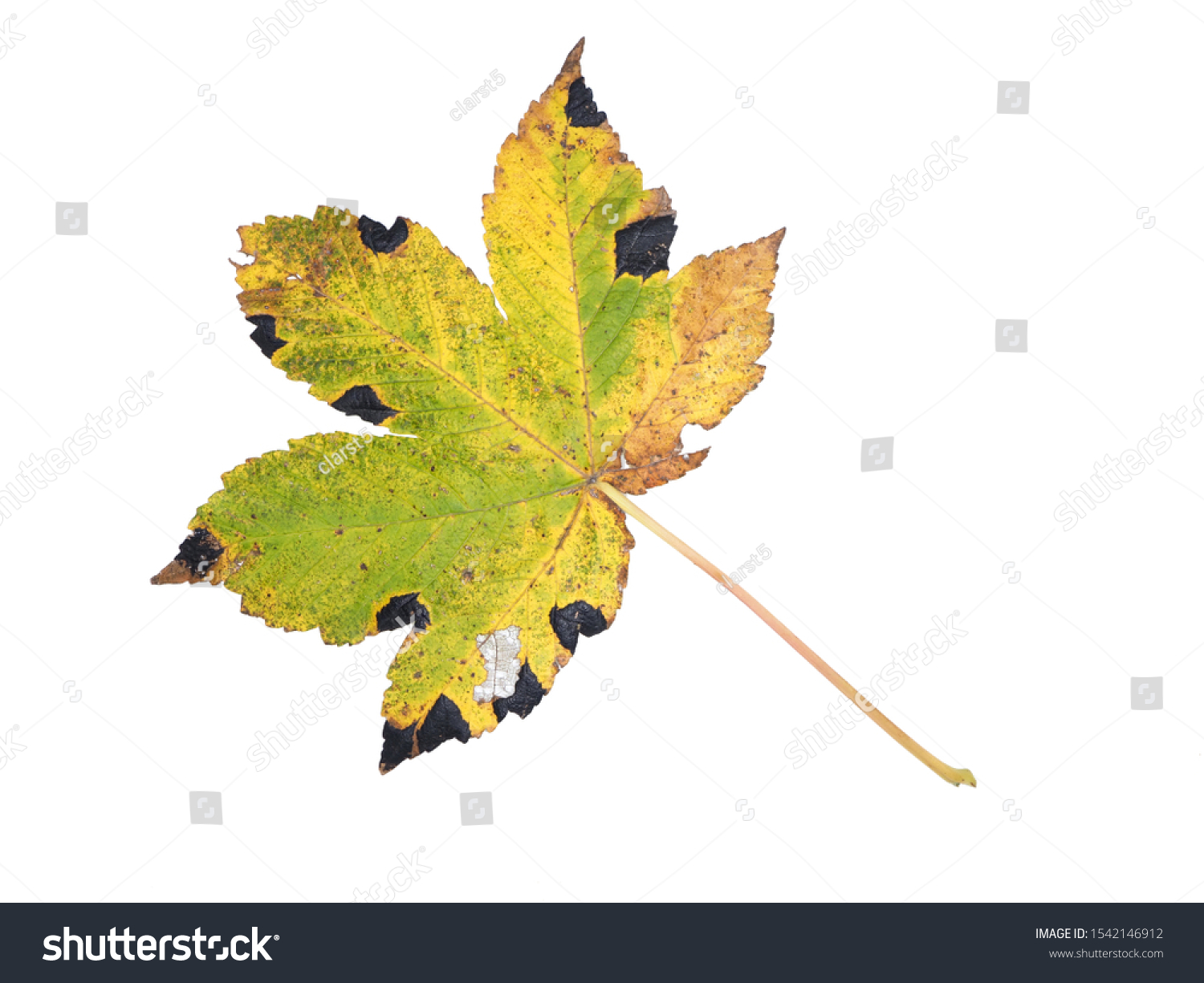



Maple Tree Sycamore Tree Acer Pseudoplatanus Stock Photo Edit Now




Leaf Spot Disease Of The Maple Maple Leaf Blight And Sycamore Disease Stock Photo Picture And Rights Managed Image Pic Gsv Jtv Agefotostock
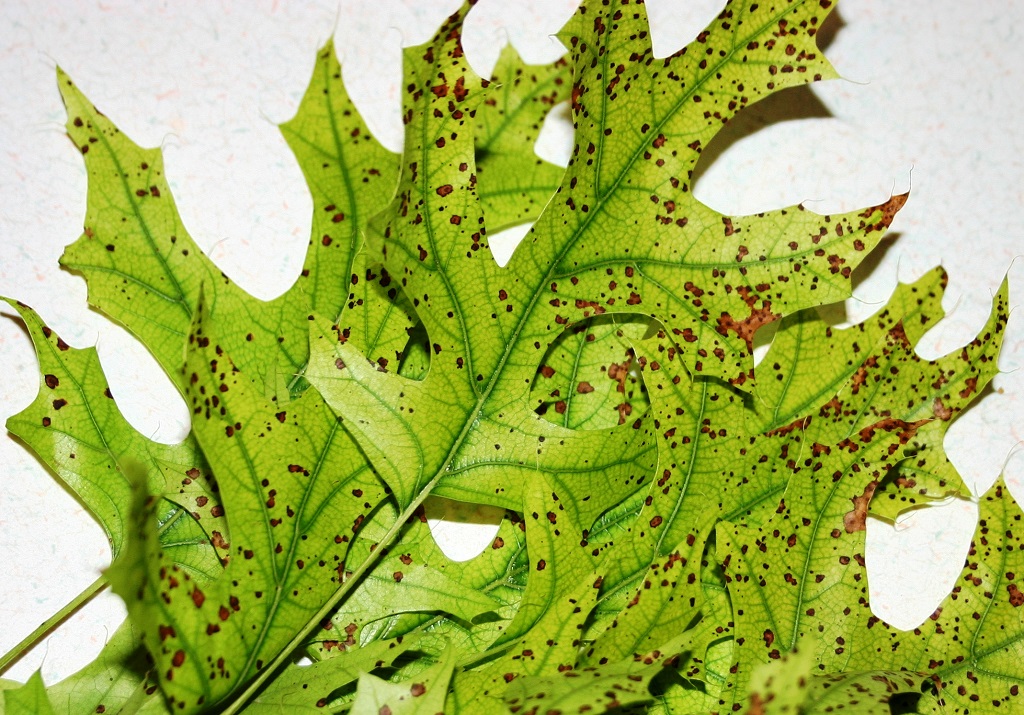



Anthracnose And Other Common Leaf Diseases Of Deciduous Shade Trees Oklahoma State University




Rog Tar Spot Fungus Infection On Sycamore Leaf



Http Ucanr Edu Sites Sjcoeh Files Pdf




3 Common Leaf Diseases You Should Know About Stewart S Lawn




Sycamore Anthracnose Diagnostic Guide




Tar Spots On Sycamore Hortographical




Common Problems With Sycamore Trees Learn About Sycamore Tree Pests And Disease
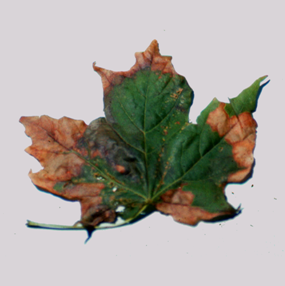



Anthracnose Wisconsin Horticulture




Black Spots On Maple Leaves All About Maple Tar Spot Spring Green




Why Are There Brown Spots On Maple Tree Leaves Mr Tree Inc
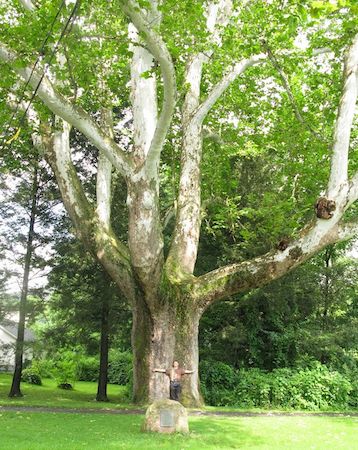



Sycamore




Sycamore Anthracnose Dummer Garden Manage Gfinger Is The Best Garden Manage App




Plant Pest Problems Horticulture Info Center Extension Horticulture And Natural Resources Kansas State University




Sycamore Platanus Spp Powdery Mildew Pacific Northwest Pest Management Handbooks




Trees Page 2 Hortographical




Botanical Illustration Of A Sycamore Leaf Lizzie Harper



3




Black Leaf Spot Field Guide To Insects And Diseases Of Az And Nm Forests
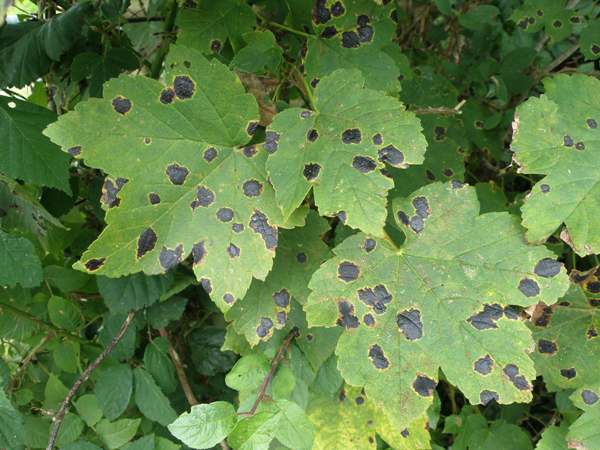



Acer Pseudoplatanus Sycamore Identification Guide
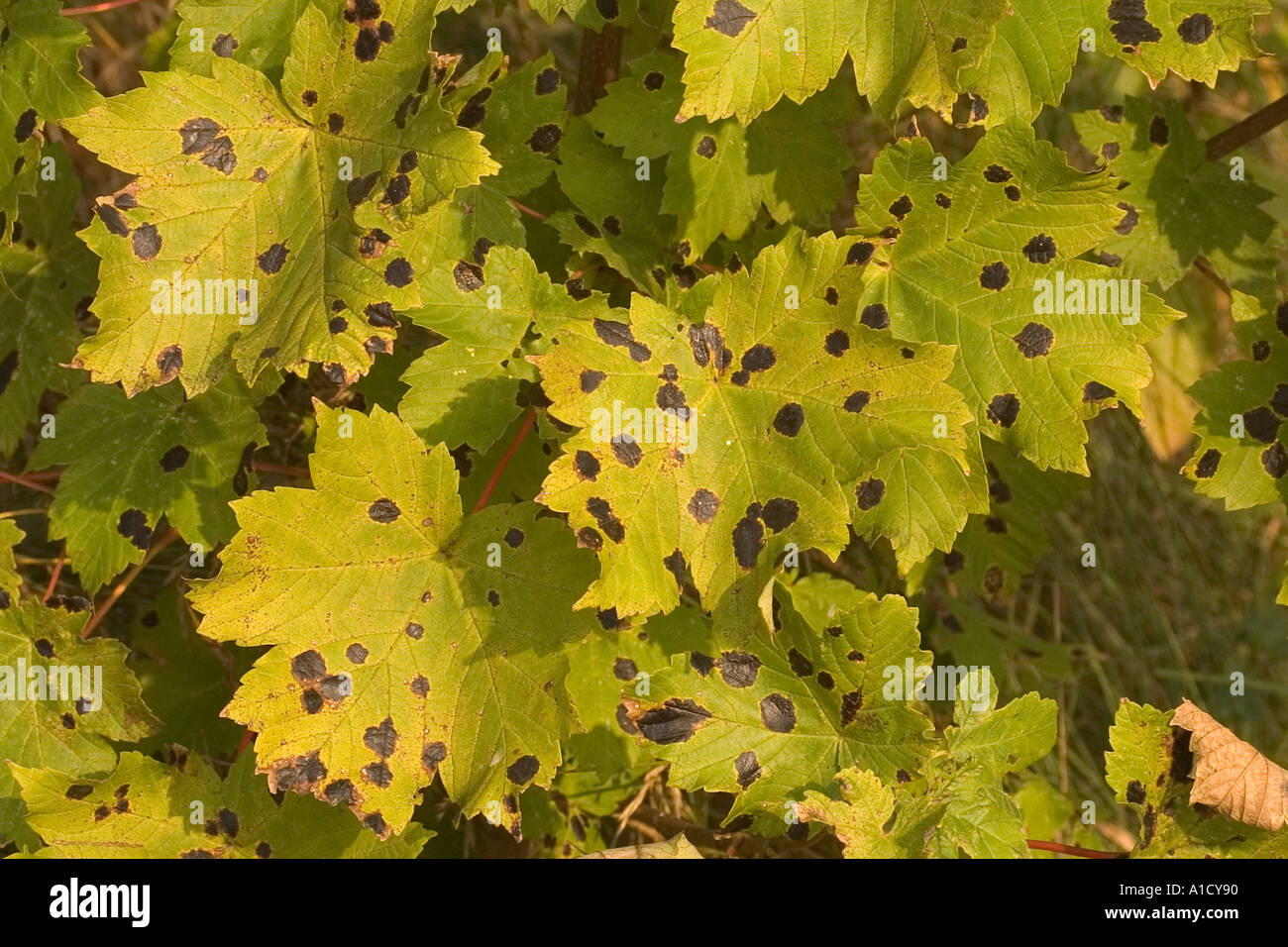



Tar Spot Fungus On Sycamore Leaves Stock Photo Alamy



Uf Sfrc 4 H American Sycamore




Pdf The Relationship Between Sycamore Tree Tar Spot And Atmospheric Sulphur Dioxide So2 In Frosses County Donegal




File Sycamore Leaf With Galls And Tar Spot Fungus Geograph Org Uk 9190 Jpg Wikimedia Commons



Sycamore Fungus



Sycamore Blight Is Infecting Trees This Spring In The Tri Cities Tri City Herald




Black Spots On Maple And Sycamore Tree Leaves North American Tree Service




The Emperor Has No Clothes Plant Pest Advisory



7 Bushcraft Uses Of Sycamore Pioneer Bushcraft
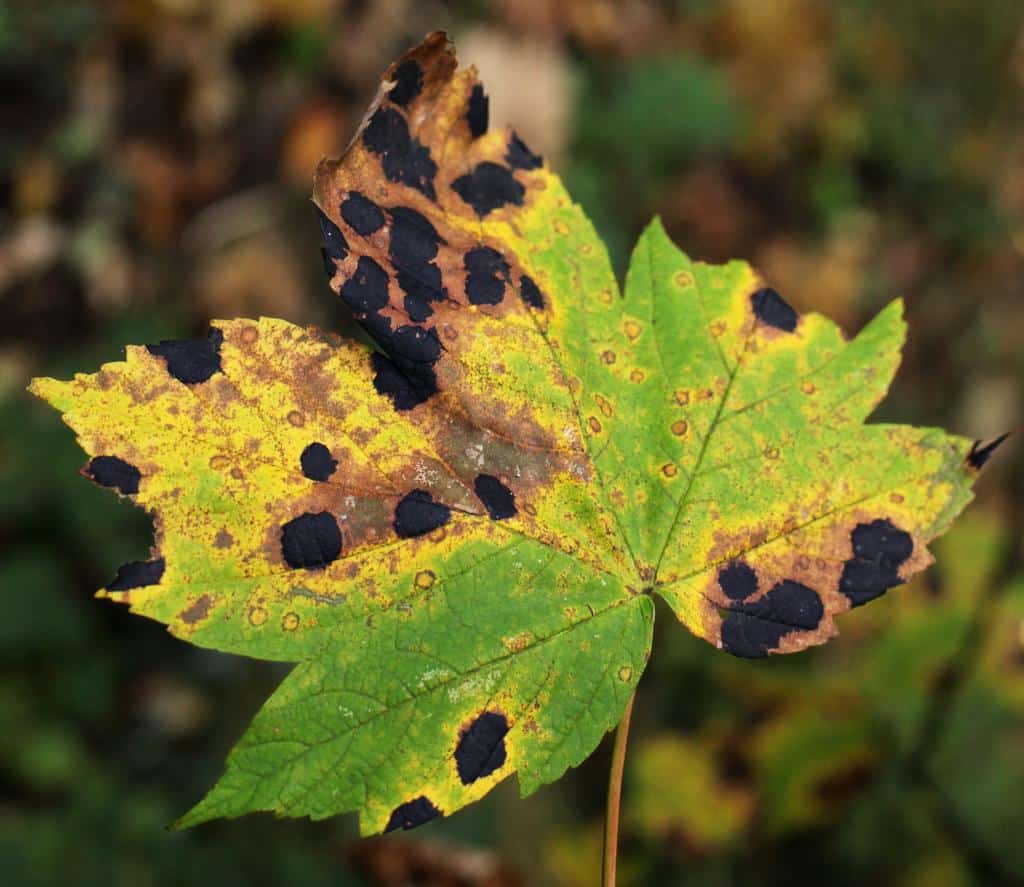



Treating Black Spots On Maple Leaves Naturally Prevention
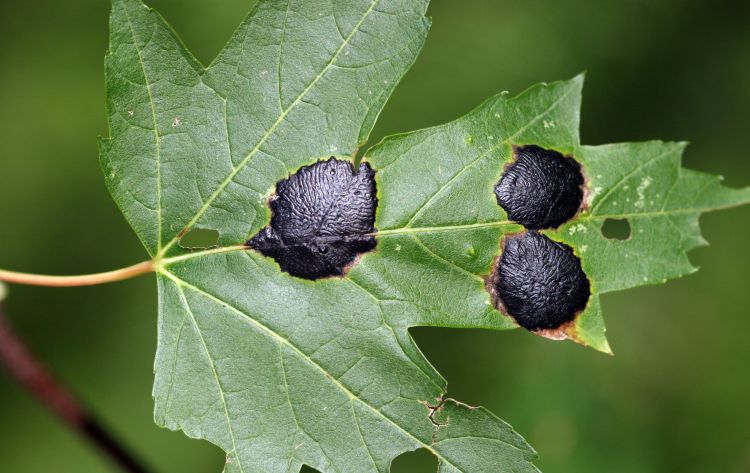



Black Dots On Maple Tar Spot Msu Extension
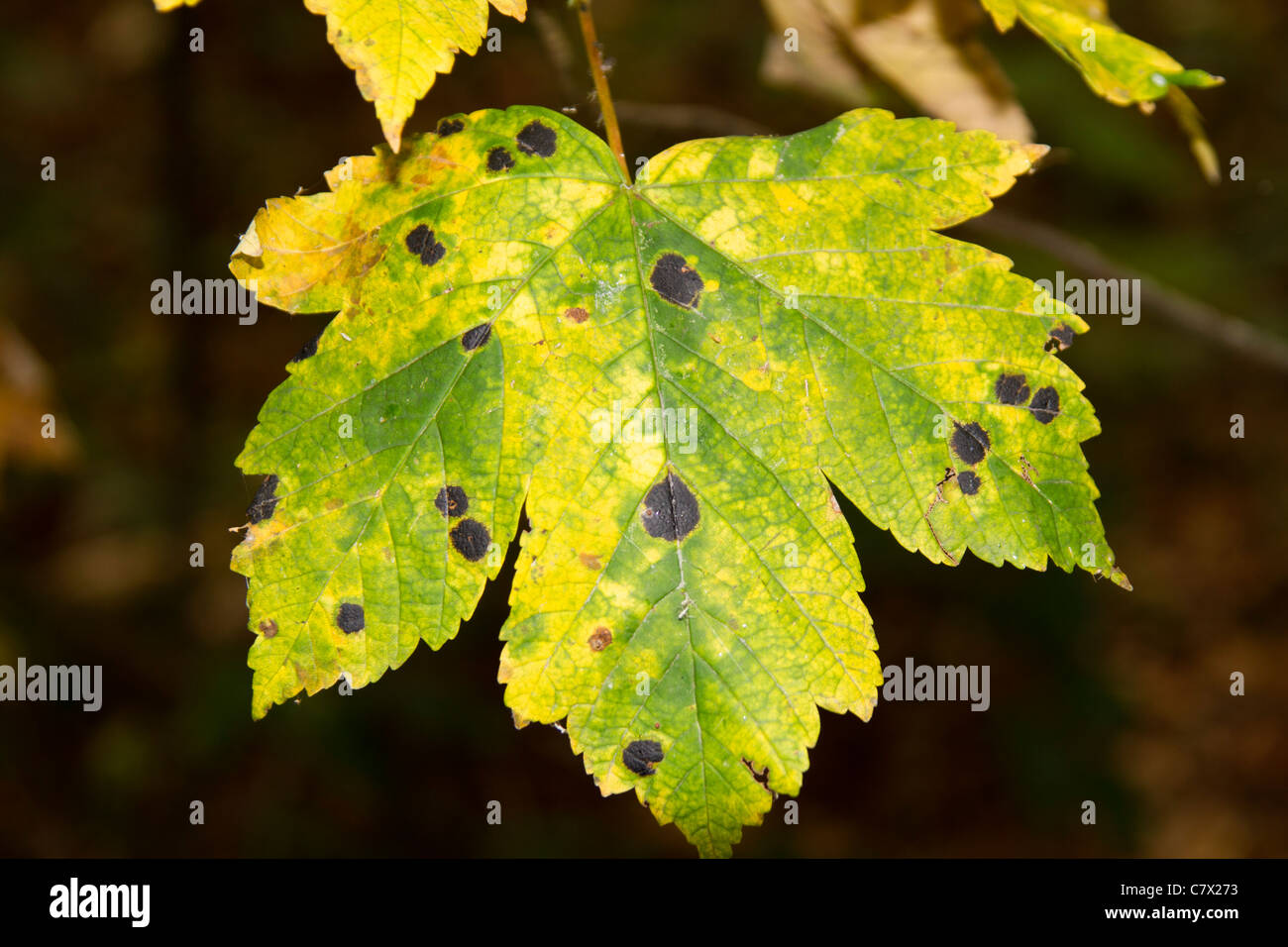



Black Spot On A Sycamore Leaf Stock Photo Alamy



Ten Questions About Planetrees The First Five Bygl
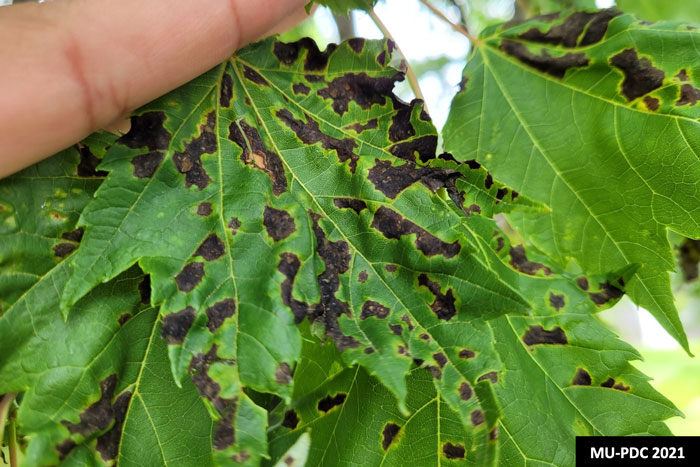



Anthracnose Disease Of Deciduous Shade Trees Missouri Environment And Garden News Article Integrated Pest Management University Of Missouri
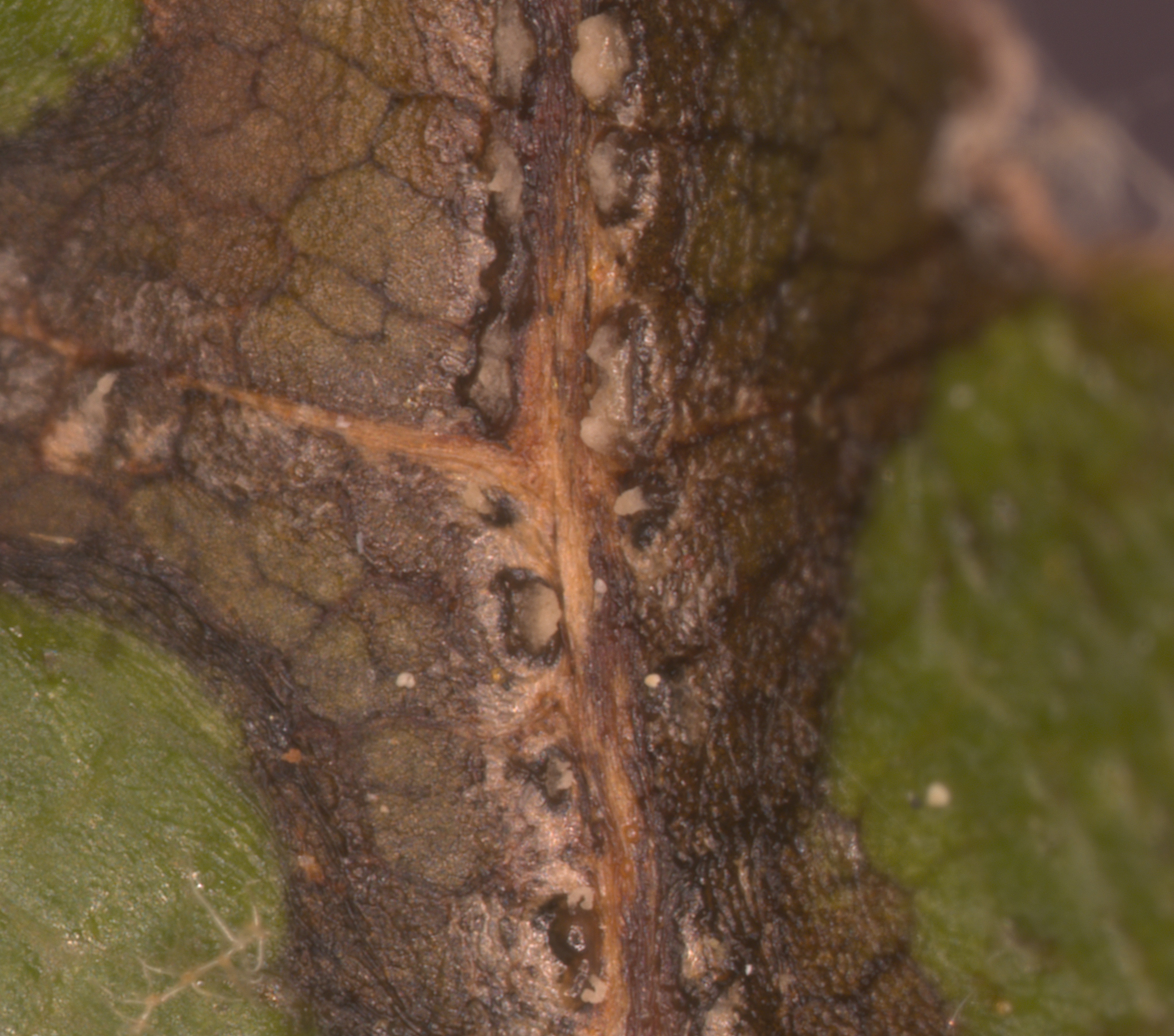



Landscape Sycamore Anthracnose Umass Center For Agriculture Food And The Environment



Algal Leaf Spot Home Garden Information Center




Sycamore Anthracnose
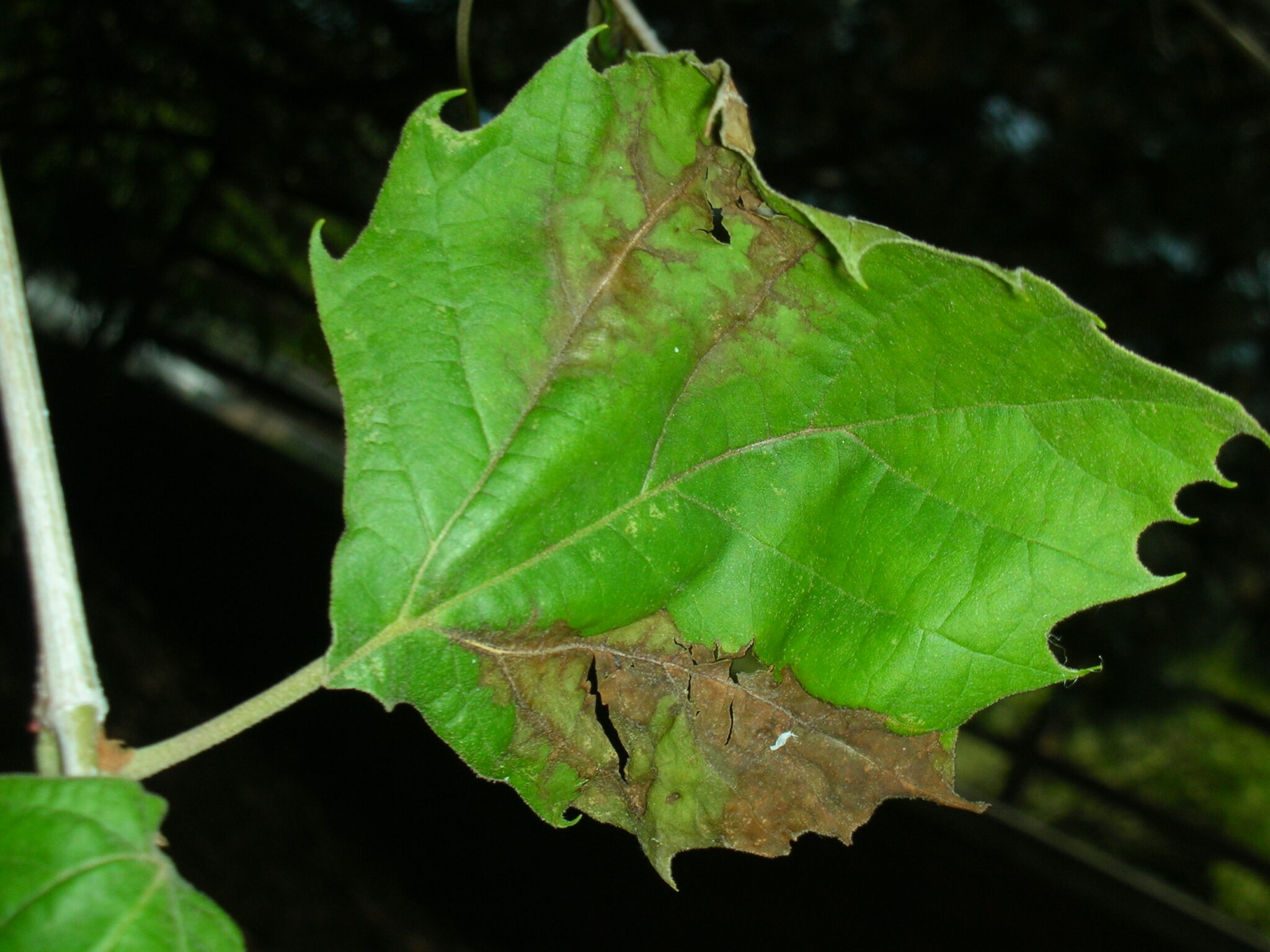



Foliar Fungal Disease Management Purdue Landscape Report
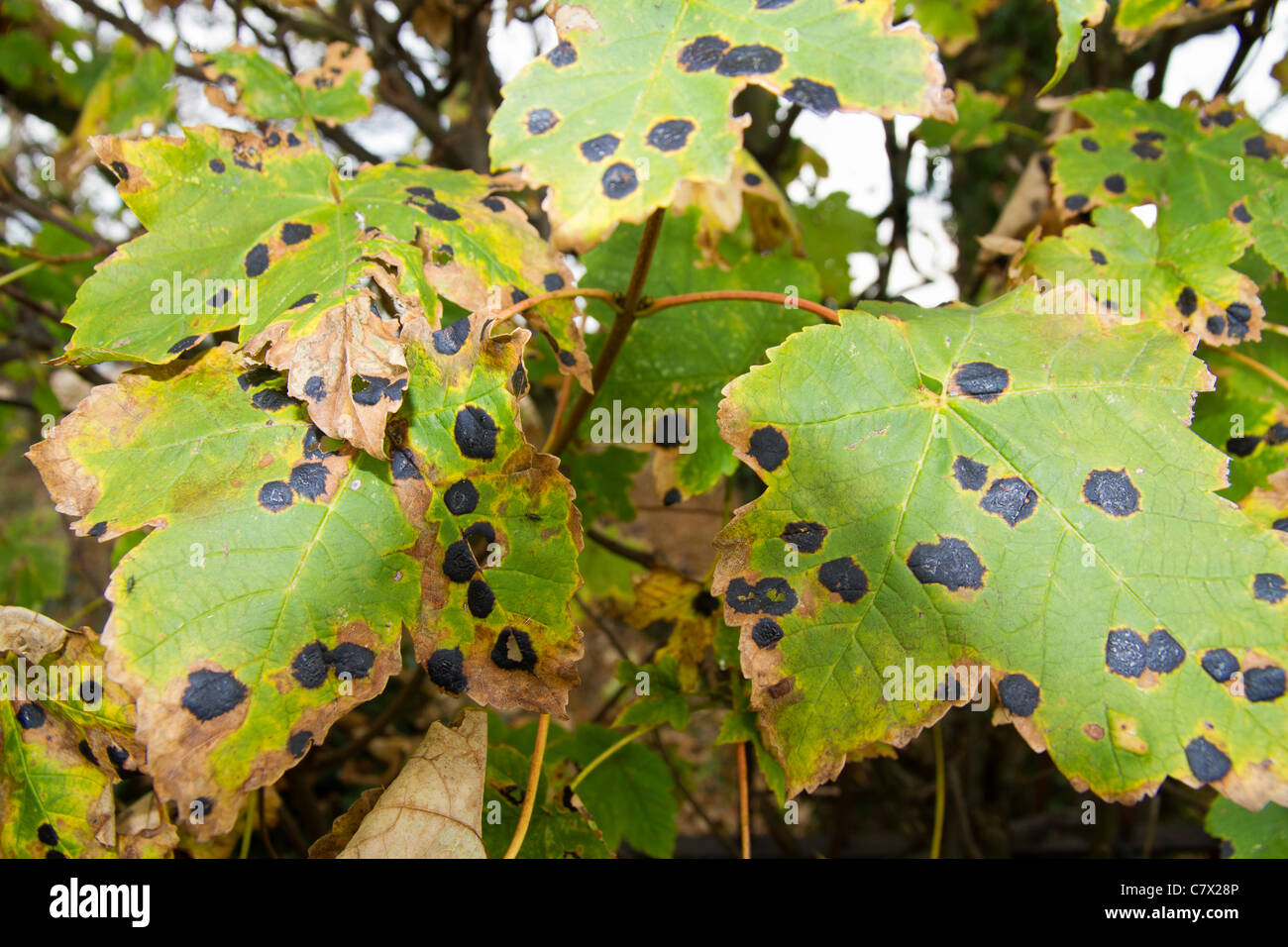



Black Spot On Some Sycamore Leaves Stock Photo Alamy




Anthracnose Leaf Spot Fungus Harvest To Table
/13412570304_92ff484f42_o-5a0b50e39e94270037ca6b58.jpg)



Leaf Spot Tree Disease Prevention And Control




3 Common Leaf Diseases You Should Know About Stewart S Lawn



Minnesota Seasons Purple Bordered Leaf Spot
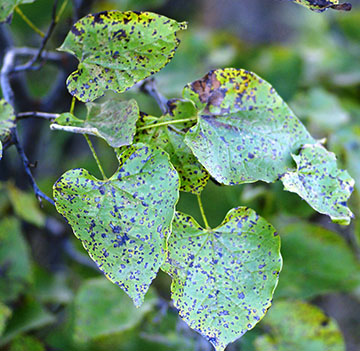



Anthracnose And Other Common Leaf Diseases Of Deciduous Shade Trees Oklahoma State University



Get Growing Suffering Sycamores
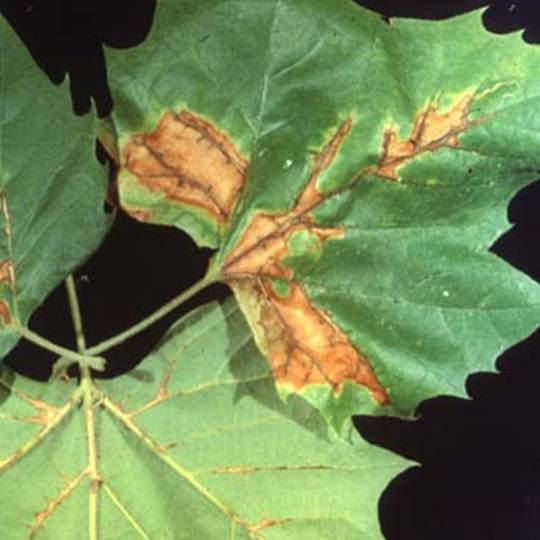



Sycamore Anthracnose Signs Symptoms And Treatment
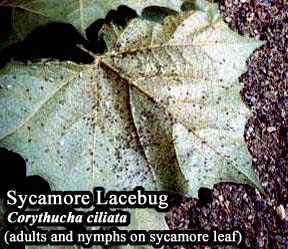



Sycamore And London Plane Tree Platanus




Landscape Sycamore Anthracnose Umass Center For Agriculture Food And The Environment
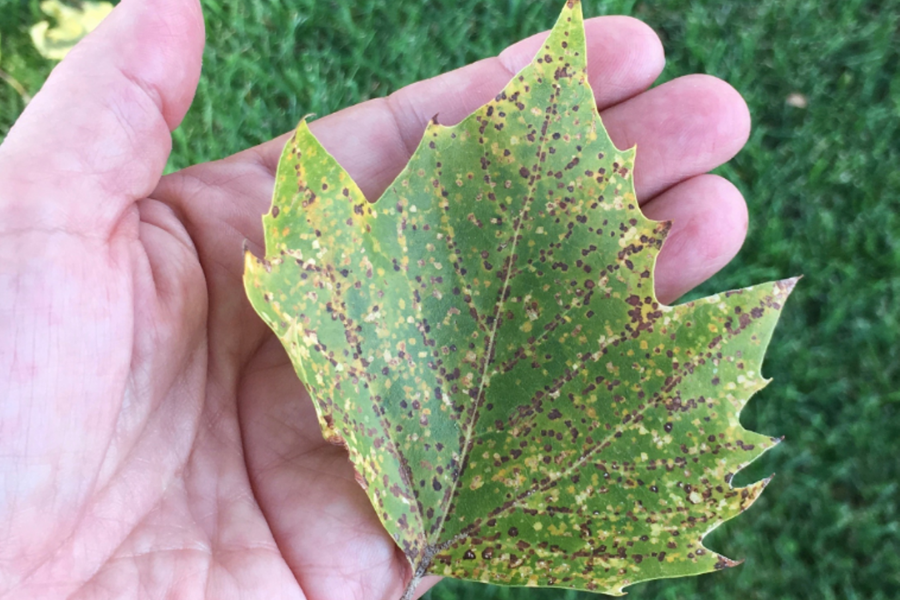



Arbor Wellness Sycamore Scale Arborwell Professional Arborists And Tree Care




Nature Picture Library Sycamore Tree Acer Pseudoplatanus Leaves Suffering From Tar Spot Fungus Rhytisma Acerinum Uk August Gary K Smith




Maple Tar Spot Identification Prevention Treatment Faqs For Northeast Ohio Independent Tree



Leaf Spot Disease Of Trees And Shrubs




128 Leaf Spot Photos And Premium High Res Pictures Getty Images




Gower Wildlife Sycamore White Spot
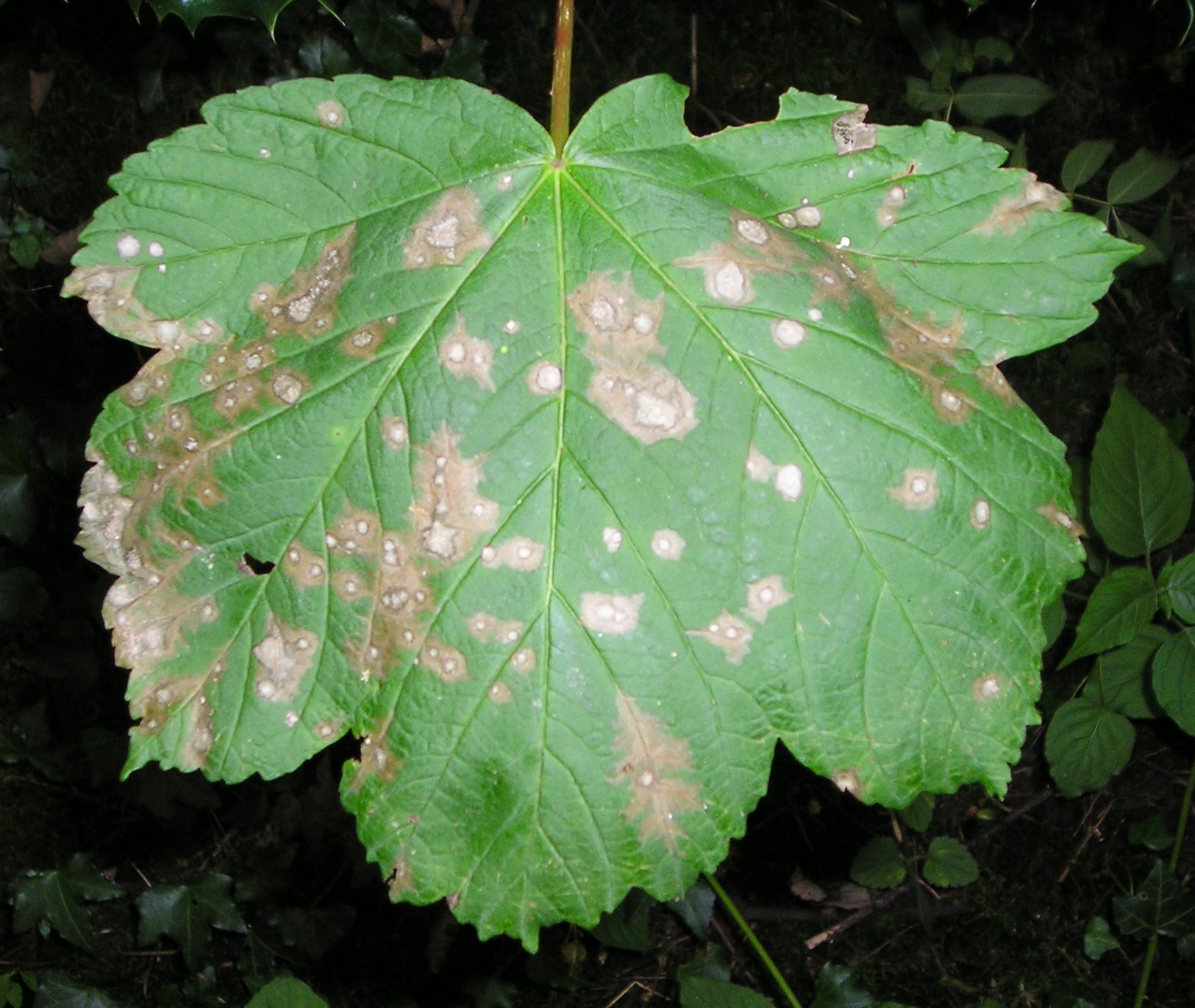



Cristulariella Depraedans Wikipedia




Sycamore Diseases Insect Pests Home Garden Information Center



Tar Spot Of Maple Rhs Gardening




Leaf Spot Plant Diagnostic Health Topics
:max_bytes(150000):strip_icc()/GettyImages-1368205651-3cfd8a021244483e96d1756d19f69837.jpg)



Identifying The Common American Sycamore
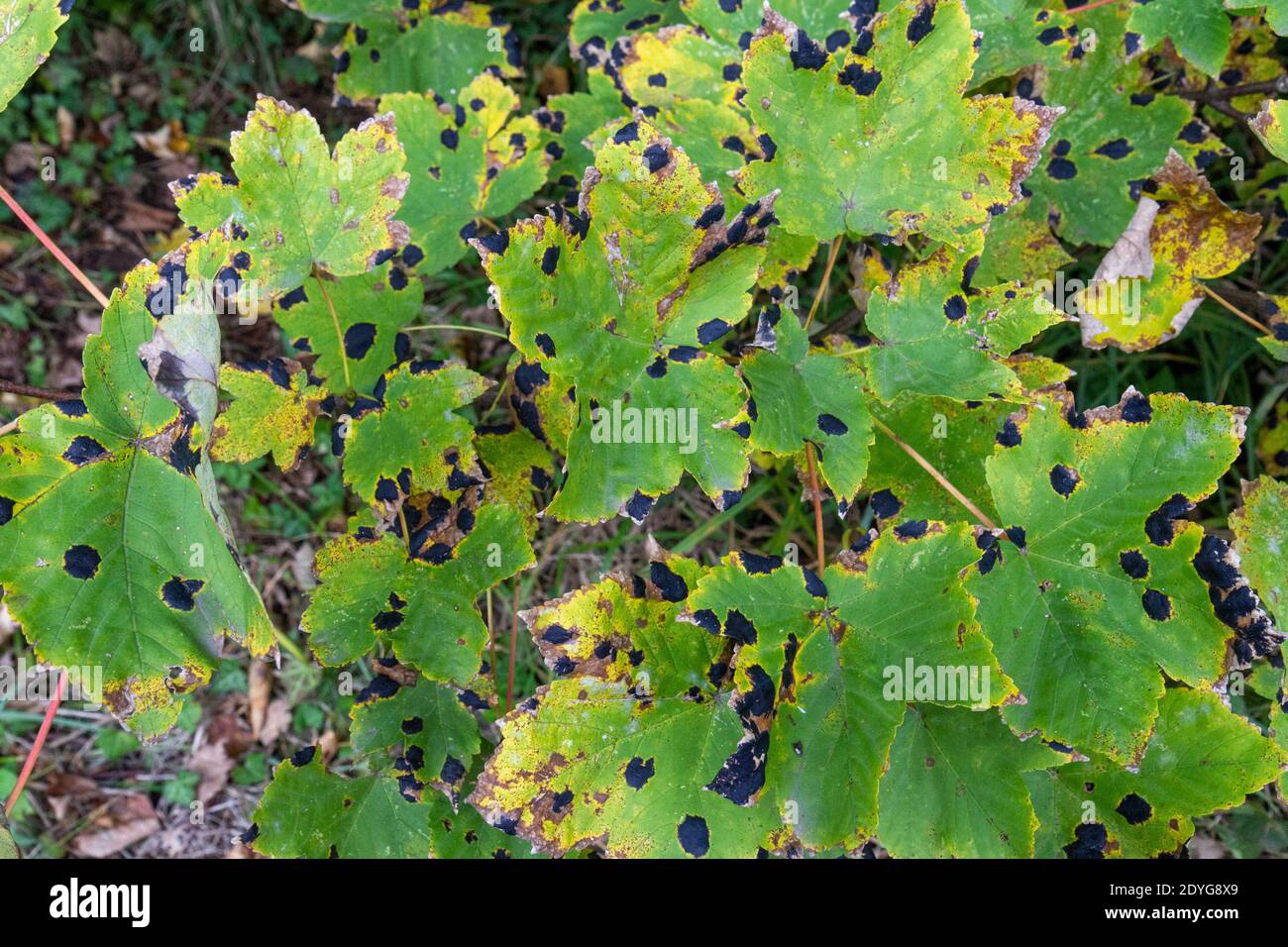



Sycamore Tree Leaves Close Up High Resolution Stock Photography And Images Alamy



7 Bushcraft Uses Of Sycamore Pioneer Bushcraft




Maple Tree Diseases Lovetoknow



1




Platanus Occidentalis American Plane Tree American Sycamore Buttonwood Eastern Sycamore Sycamore North Carolina Extension Gardener Plant Toolbox
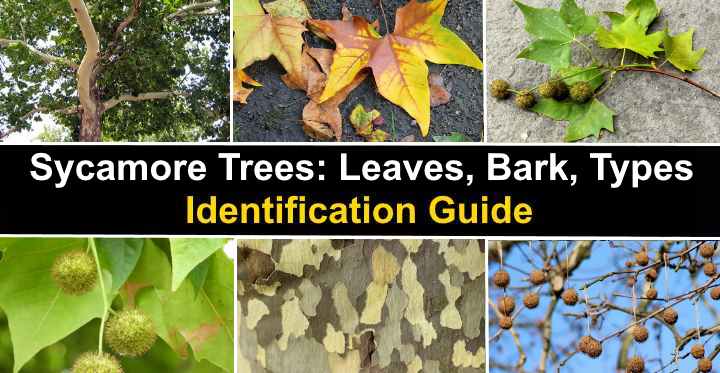



Sycamore Trees Leaves Bark Types Identification Guide Pictures




Tar Spot Lesions On Sycamore Leaf Stock Image C006 5341 Science Photo Library




Sycamore Diseases Insect Pests Home Garden Information Center




Disease Hotline Issue 3 Ornamentals Hotline



Home Yard Garden Newsletter At The University Of Illinois




Tar Spot Fungus On Sycamore Leaves Stock Image C004 28 Science Photo Library




Treatment For Black Spots On Maple Tree Leaves Davey Blog



1
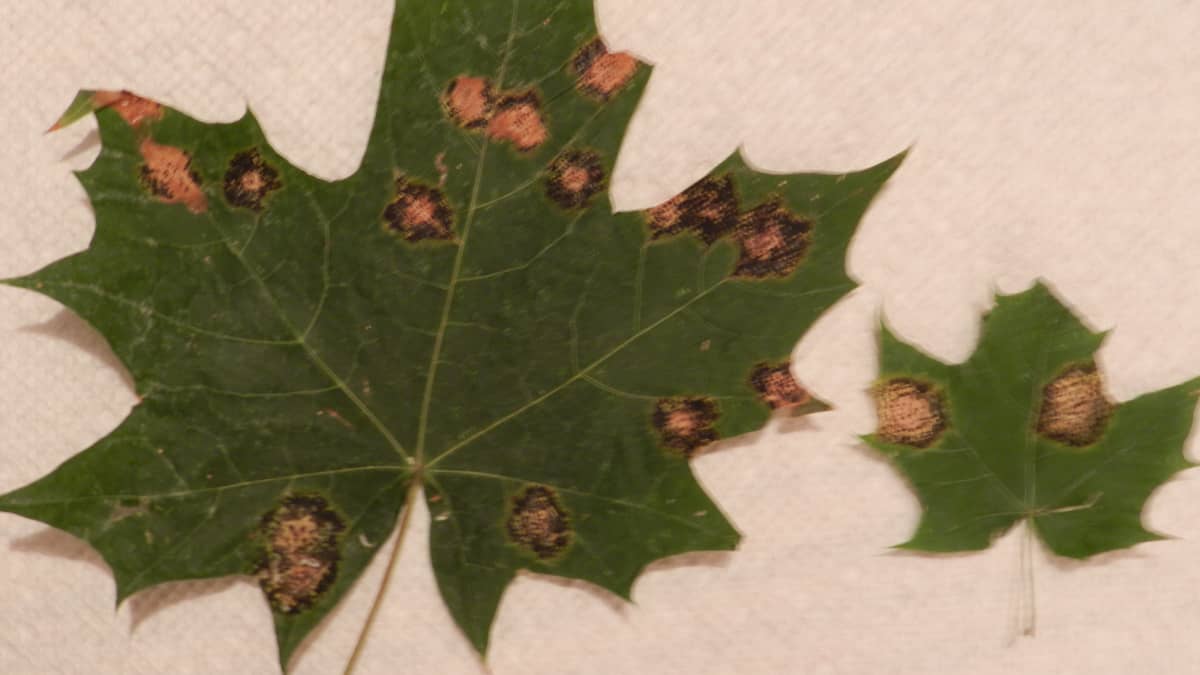



How To Identify And Control Maple Tar Spot Dengarden
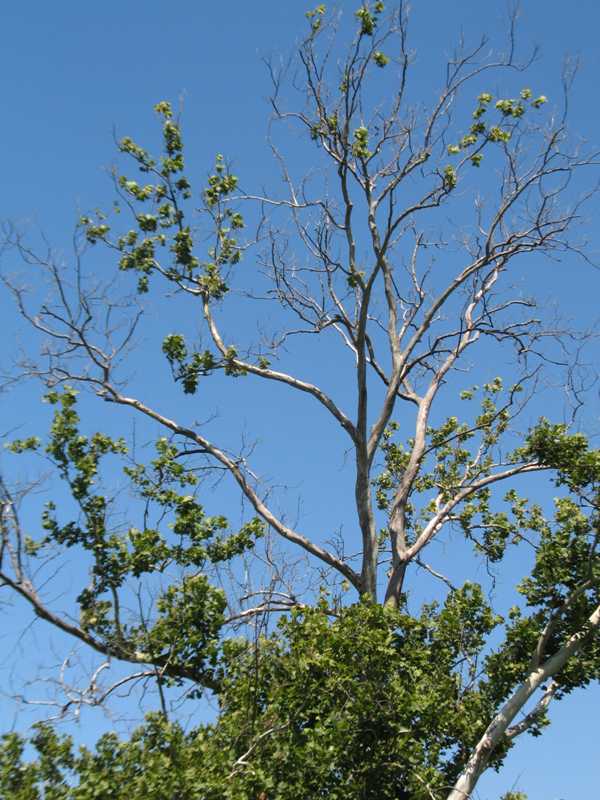



Sycamore Anthracnose


コメント
コメントを投稿